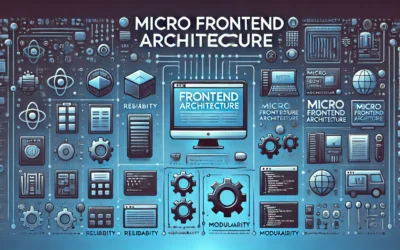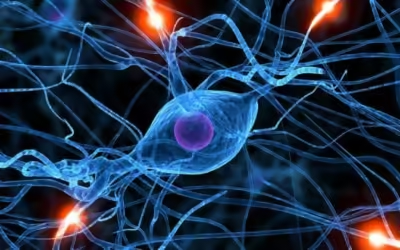Disrupting a Terror Financing Network Background A U.S. federal agency implemented a cloud-native AI system to monitor financial transactions, aiming to identify links to terror networks. AI Intervention The system flagged a series of small wire transfers routed...
Technology
Architecture of Micro-Frontends: A Comprehensive Exploration
Micro-frontends bring the principles of microservices to the frontend, enabling the development of modular, independently deployable components. This approach breaks down monolithic frontends into smaller, manageable units, allowing teams to work autonomously using their preferred technology stacks. Key benefits include improved scalability, faster development cycles, and fault isolation, making micro-frontends particularly suited for large-scale applications.
By leveraging techniques like server-side and client-side composition, micro-frontends offer flexibility in integrating various modules. However, challenges such as code redundancy, complex workflows, and potential performance issues require careful management. Despite these hurdles, micro-frontends present a scalable and efficient solution for modern web applications
Understanding Neural Networks: The Building Blocks of Artificial Intelligence
Neural networks, inspired by the human brain, are at the forefront of artificial intelligence. From image recognition to healthcare and self-driving cars, these models learn to identify patterns, making them indispensable across industries. With advancements in deep learning, neural networks are becoming more sophisticated, though challenges like data requirements and interpretability remain. Explore how neural networks are transforming the future of AI and driving innovation.
Revolutionizing Solar Energy Predictions with AI: Impacts on the U.S. Power Grid
Authored by Prashis Raghuwanshi
Cloud Computing and Its Impact on National Security
Authored by Prashis




